The “gambler’s fallacy” is the false belief that fixed odds increase or decrease depending on recent occurrences. Let’s use the familiar coin-flip example to illustrate this concept. Assuming we use a fair coin and a fair flip, we expect a 50% chance that heads will appear and a 50% chance that tails will appear. Those odds are fixed and will never change. Suppose heads appears five times in a row. If you think tails has a better chance of appearing on the next flip because it hasn’t shown for the last five flips (i.e., you think tails is “due”), then you’ve fallen for the gambler’s fallacy. You must understand that results of previous flips have no influence on the outcome of future flips.
In craps, the dice have no memory. They don’t remember how they landed on the last roll. They don’t care if they haven’t shown a 7 in the last 50 rolls or even a million rolls. The odds of any number showing remain constant and are never influenced by what occurred previously.
Have you seen the big tote board by a roulette wheel showing the results of the last 10 or 15 rolls? It not only shows the recent numbers that hit, but also the colors (i.e., red or black). Almost every roulette wheel in every casino on the planet has a tote board. What purpose does that thing serve for either the player or the casino?
It doesn’t serve the player any purpose other to sucker him into making a bet that he wouldn’t otherwise make. It serves the casino’s ultimate purpose of taking advantage of the gambler’s fallacy and getting more bets in play. The more bets in play, the more money the casino makes. The casino has one key goal: get you to make as many bets as possible. The casino knows its profits go up as your number of bets goes up. The sole purpose of the tote board is to get you to make a bet that you normally wouldn’t make.
Suppose a husband and wife stroll through the casino on their way to dinner with no intention of stopping to gamble. They approach the table-games area and see on a particular roulette wheel’s tote board that the color red appeared on the last six rolls. The guy points to the wheel and says, “Look, dear, black is due for that wheel. Let’s try it!” The tote board just did its job. It suckered the guy into making a bet that he wouldn’t have made had he not known that red appeared six times in a row. Yeah, sure, black is “due” all right. Wrong! The little ball doesn’t know it landed on red the last six times. It only knows that both red and black have an equal chance of appearing on the next roll. It doesn’t influence itself to land on any particular number or color because of past occurrences.
Suppose your craps system tells you to Lay the 4 for $50 only after the number 4 hits three times in a row. Your system is based on the belief, if the number 4 shows three times in a row, then chances are that a 7 will appear before another 4. Is this a good, smart bet? Is this simple system good or bad?
Yes, it’s definitely a good bet, and this system is an acceptable way to play if you don’t mind getting bored to death. You think, “Huh? You’re either nuts or full of crap because you just finished saying the dice have no memory, and future outcomes aren’t influenced by previous ones. Therefore, how can that be a good, smart bet?” Calm down, let me explain.
In this example, you make a bet only after the number 4 has appeared three times in a row. You’re a knowledgeable player, a disciplined rock, one who sticks to your system and doesn’t allow emotion to cause you to deviate. Making a Lay 4 bet under those specific conditions doesn’t make your odds of winning or losing any different than another person making a Lay 4 bet at any other random time. Regardless of when or under what circumstances you make the bet, the odds don’t change. The Lay 4 bet with a vig after a win always has a 1.64% house advantage. It doesn’t matter whether you make the bet only after the number 4 has appeared three times in a row, or only when the shooter takes a swig of beer, or only when there’s a full moon. The odds never change.
However, although the Lay 4 bet with a vig after a win is considered a good bet because of its low house advantage, it’s possible to regard it as bad under certain circumstances. Let’s look at another example.
Suppose your system doesn’t include the Lay 4 bet. Under no circumstances does it tell you to make a Lay 4 bet. Suppose the number 4 appears eight times in a row. The hot babe next to you falling out of her halter top says, “There’s no way a four will hit again. We should bet against it. What do you think?” You respond, “No thanks, I’ll stick to my system. It’s been good to me so far.” She wiggles a bit and says, “Oh, come on, I don’t want to be the only one hoping for a seven.” Her jiggling causes you to lose focus, so you say, “Maybe you’re right. Another four can’t possibly hit again. Let’s go for it!”
This is a situation where a good bet can be a bad thing. The key is that you allowed yourself to risk more money than you had originally planned because of the gambler’s fallacy (and partly because you couldn’t say no to the bimbo next to you). Remember, the more bets you make, the more the casino wins. So, adding more bets to your plan–even though they may be considered good because of their low house advantages–can be hazardous to your bankroll.
Let’s revisit the example of the couple strolling through the casino. Suppose the couple were in their hotel room before going down to dinner. As the guy brushes his hair, he says to his wife, “Is it okay if we stop at the roulette wheel so I can make a quick five-dollar bet?” His wife responds, “Sure, but we have reservations and we can’t be late.” They stroll through the casino and approach the roulette wheel. The guy sees that red has appeared six times in a row and, as a result, decides to bet $5 on black (he thinks black is “due”).
Under these circumstances, using the tote board to influence his bet is harmless. Regardless of what bet he makes (black, red, even, odd, etc.), the house still has about a 5% advantage. The guy came to the table intending to make a $5 bet, so the results displayed on the tote board weren’t the trigger that influenced his decision to make the bet. In this example, although the guy’s belief in the gambler’s fallacy influenced him to bet on black, the gambler’s fallacy didn’t trigger him into making the bet (he had already intended to make the bet before leaving his hotel room). The gambler’s fallacy does its job only when it influences you to make a bet that you normally wouldn’t make.
The moral is, don’t let the gambler’s fallacy cause you to make bets that you normally wouldn’t. If you still believe that previous results influence future results and–here’s the important part–if this belief causes you to risk more money than you intended, then you’re playing a dangerous game. Play smart. Be a rock. Don’t fall for the gambler’s fallacy. Don’t let it cause you to put more money at risk than you had planned or that you can afford to lose. If you don’t want to lose your shirt, you must learn the secret to craps. Don’t fall for bogus winning systems or ridiculous dice-setting claims. Be smart. Play smart. Learn the secret to craps.
By William Enslen Jr
W. Enslen is an engineer who routinely works with statistics. Having played and analyzed casino craps for 30 years, he now offers his winning secrets that you can sample for free. Visit his new site for a free comprehensive craps how-to on all aspects of the game. Learn the truth about craps strategy without all the bogus hype.

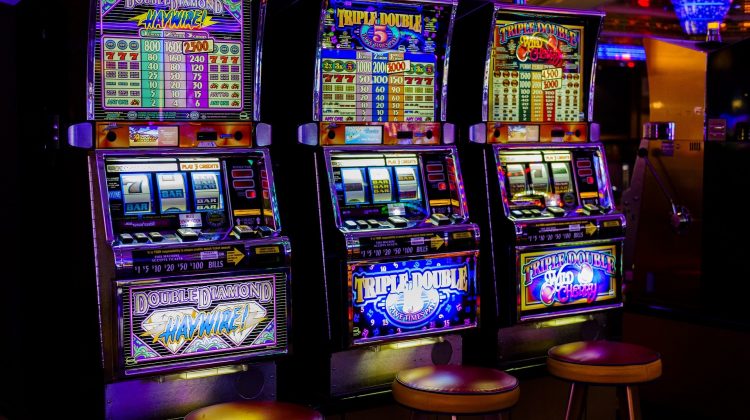

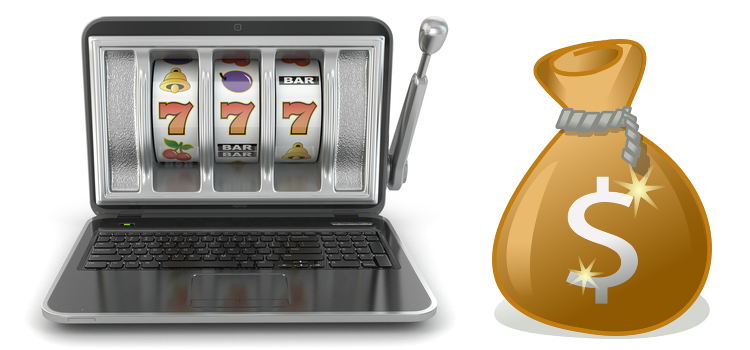




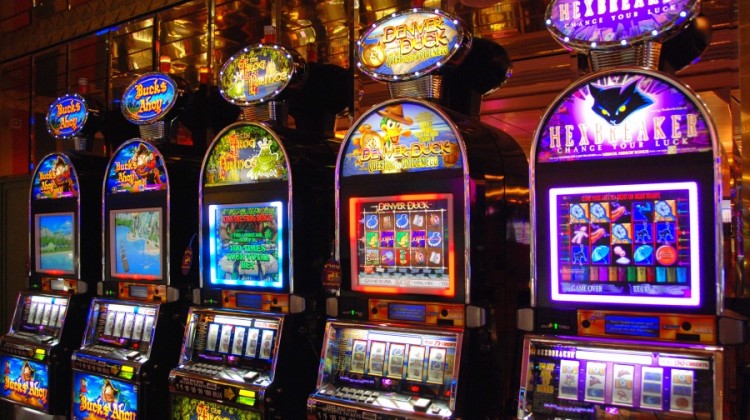
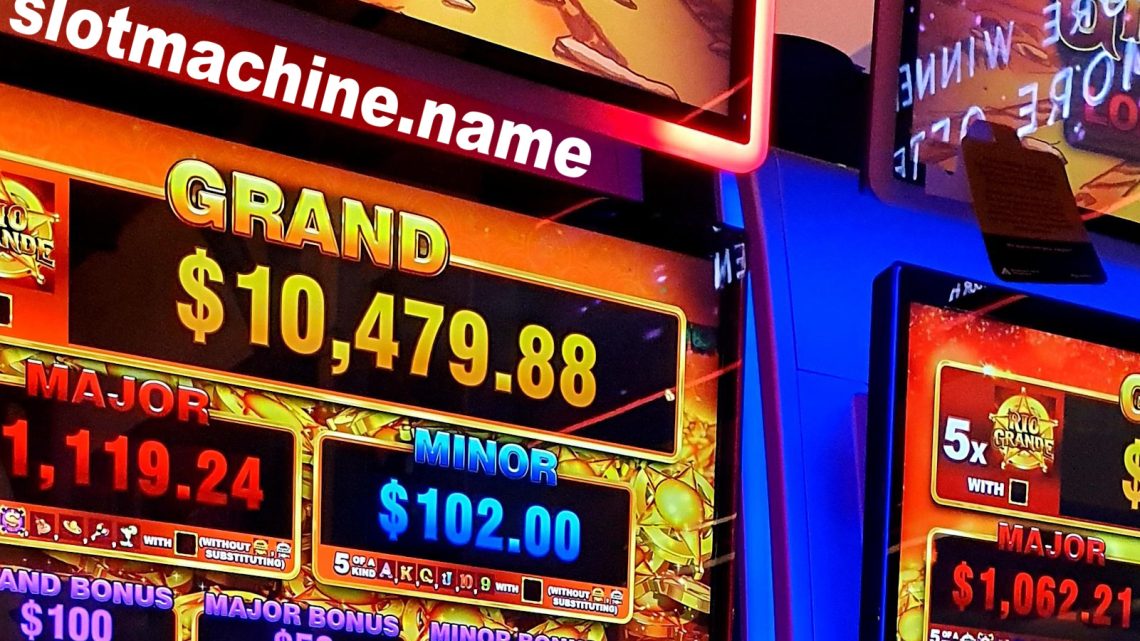
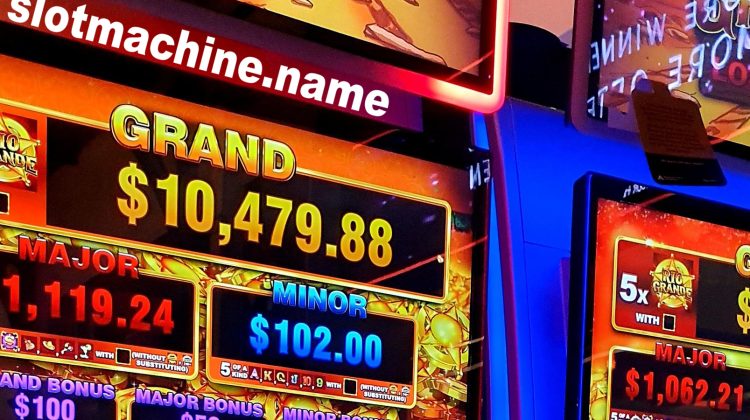
No Comment